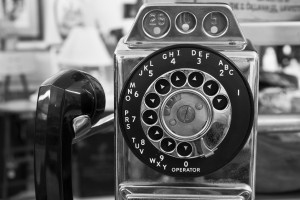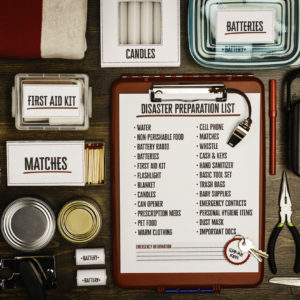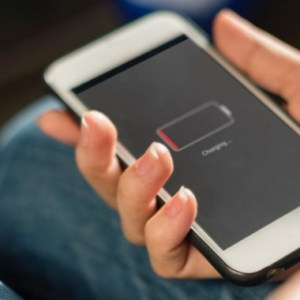What Is a PSTN?
Last Updated on September 23, 2021 by
The Public Switched Telephone Network, or PSTN, is the traditional public telephone network that facilitates communication all over the world. Also known as the Plain Old Telephone Service (POTS), PSTN is how phone calls are placed through hardwired landlines, using a dedicated circuit between two points.
In addition, the PSTN provides much of the infrastructure for VoIP, or Voice over Internet Protocol, which is based on digital technologies. The PSTN infrastructure can also provide access to services such as graphics, video, and data.
Differences Between VoIP and PSTN Systems
VoIP and PSTN are similar in that both systems allow users to make and receive phone calls. But they also have some significant differences.
- TechnologyVoIP utilizes packet-switching technology, where digital voice information is divided into packets that move across the Internet independently before being recompiled into a single message. In contrast, PSTN transmits analog voice data through copper wires over dedicated circuits and routes it through switching centers.
- Power Outage AvailabilityDuring power outages, the PSTN is usually available and active, so landline phones are available for use. VoIP relies on power, so it’s unavailable during a power outage unless a backup power source is provided.
- EquipmentWith the PSTN, you can make a call through your traditional landline telephone — no Internet connection or computer required. With VoIP, you need a high-speed Internet connection, and calls are generally made through a personal computer, a special VoIP phone, or a traditional phone with an adapter.
- Emergency Call HandlingWhen you dial 911 from a landline on the PSTN, location tracking automatically finds your address in a database. In an emergency, first responders can be directly dispatched to your location — even if you can’t provide the address. With VoIP, location data is limited. Since the service is not tied to a physical address and VoIP calls originate from an IP address, the geographic location must be provided to the 911 dispatcher.
7 Reasons to Keep Your PSTN Line
Despite the somewhat old-fashioned nature of the technology, PSTN lines offer significant advantages that make them less than obsolete. Here are seven reasons to keep your landline.

- Consumer Protection:The PSTN’s copper lines are protected by various consumer regulations and protections. Telephone service over these lines is regulated as a public utility and, as such, the service provider must afford consumers a number of rights. For example, service cannot be cut off if you miss a payment, or in most cases, even if you are two months late on your bill.
- Convenience:A traditional wall phone needs no charging — and since it’s mounted to the wall, it cannot be lost. You can save yourself time and unnecessary frustration by always knowing where your phone is and that it’s ready whenever you need it.
- Location Tracking: As noted above, landlines are tied to your address, and location tracking will automatically trace where the call is originating from. This capability eliminates the concern of losing precious seconds during a medical emergency, particularly if you’re unable to speak. Similarly, if a child needs to call 911, he or she would not need to know the street address to summon assistance. If you’re in a dangerous situation, the ability to dial 911 and get help without speaking out loud could be very beneficial.
- Call Quality: Landline calls over the PSTN offer better voice transmission. The connection is typically clear and free of background noise or interruption, and both parties can be easily heard and understood. This is particularly beneficial when calling someone with limited hearing. VoIP calls are only as good as the connection quality and can vary from call to call, or even your location in your house.
- Emergencies: During windstorms, hurricanes, floods, and other natural disasters, electricity is often the first service to go down, leaving VoIP users without the ability to make telephone calls. Cellphones usually work when the power is out, but only until the battery dies. On the other hand, the PSTN is completely dependable and usable during power outages, which could make a real difference — and offer great peace of mind — when help is needed.
- Child Monitoring: A landline telephone makes it much easier to monitor a child’s phone use. You could even argue that as long as there’s a landline in the house, your child doesn’t really need a cellphone — yet.
- Security Systems: Many home security systems require a landline so the system can send a signal to the monitoring service in case of an intruder. If you have or are thinking of installing a security system, you may want to keep that PSTN landline.
Over the past several years, countless households have removed their PSTN-facilitated landline telephones in favor of VoIP or smartphones. But depending on your situation, you may find a solid reason (or several) to keep your landline phone hooked up and ready to use. You can find more information about CenturyLink Phone services here, or take advantage of extra savings on both phone and Internet service through CenturyLink Bundle packages.







